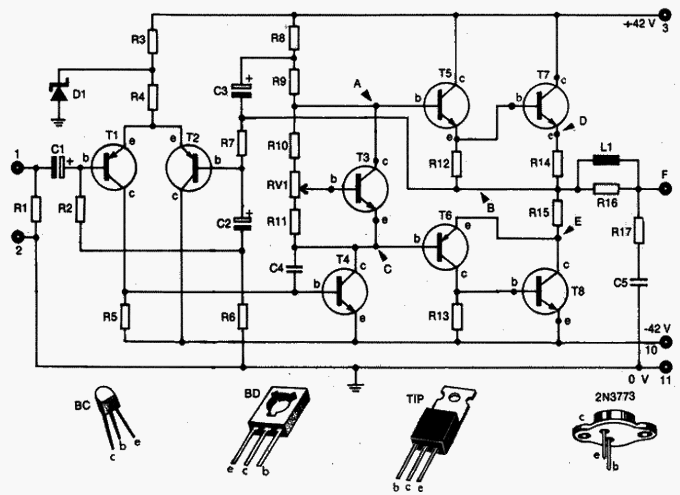Lymmie
New Member
Hey guys so...i come with a humble respect for the knowledge you all must have after perusing some of these forums. Im just a guy whos pretty poor and needs to fix his things rather than replace. I recently saved a nice acer monitor by replacing the capacitors that were bulged and leaking. Very blatantly obvious issue. Works great now! Fixed a small pyle stereo amplifier by replacing the potentiometers. One was very loose and it made scratching sounds when i adjusted the volume and one of the channels would cut out. Another obvious repair. This one however is not proving to be so obvious...
Its a dayton 120-ht 12" sub. Lil box with a plate amplifier on the back. Powers on. No protect light. It does play audio but theres a constant hum or noise playing through the sub at all times. If i adjust the gain the sub LOUDLY pops and crackles. This is with no source hooked up. I also tried different outlets thinking maybe it was a grounding issue as i have an ac unit on in this circuit but that also made no difference.
So i tore it apart. Pried apart the glued together wiring connections and disassembled everything. All capacitors look good. The potentiometers all feel tight and smoothe except one which was very rusty on the outside metal casing but again it feels tight and smooothe when turning it and thesolder points for the legs of the pot are all clean and rust free.
I am a complete novice if you guys havent noticed. I understand a bit from repairing alot of things on my jeep. Calibrating sensors and such. I love my piece of crap jeep as well. Look forward to getting to know you all and hope I can learn some stuff and get my bass back. I MISS BASS SO MUCH! I can provide photos as well if that would help. =)
Its a dayton 120-ht 12" sub. Lil box with a plate amplifier on the back. Powers on. No protect light. It does play audio but theres a constant hum or noise playing through the sub at all times. If i adjust the gain the sub LOUDLY pops and crackles. This is with no source hooked up. I also tried different outlets thinking maybe it was a grounding issue as i have an ac unit on in this circuit but that also made no difference.
So i tore it apart. Pried apart the glued together wiring connections and disassembled everything. All capacitors look good. The potentiometers all feel tight and smoothe except one which was very rusty on the outside metal casing but again it feels tight and smooothe when turning it and thesolder points for the legs of the pot are all clean and rust free.
I am a complete novice if you guys havent noticed. I understand a bit from repairing alot of things on my jeep. Calibrating sensors and such. I love my piece of crap jeep as well. Look forward to getting to know you all and hope I can learn some stuff and get my bass back. I MISS BASS SO MUCH! I can provide photos as well if that would help. =)







